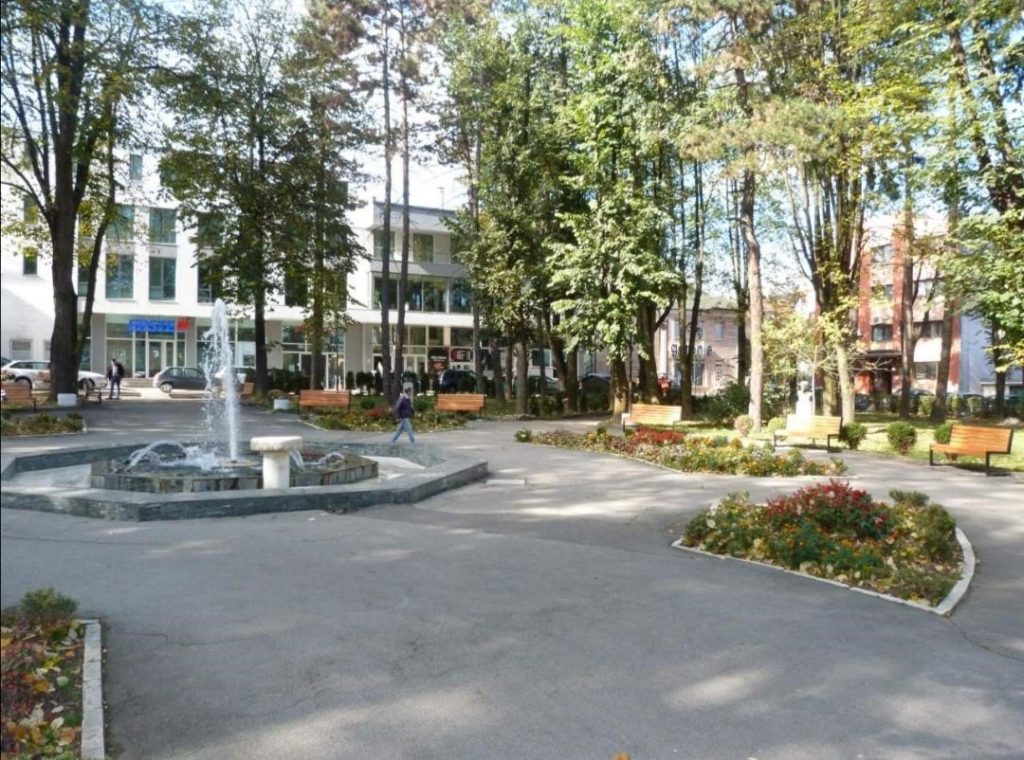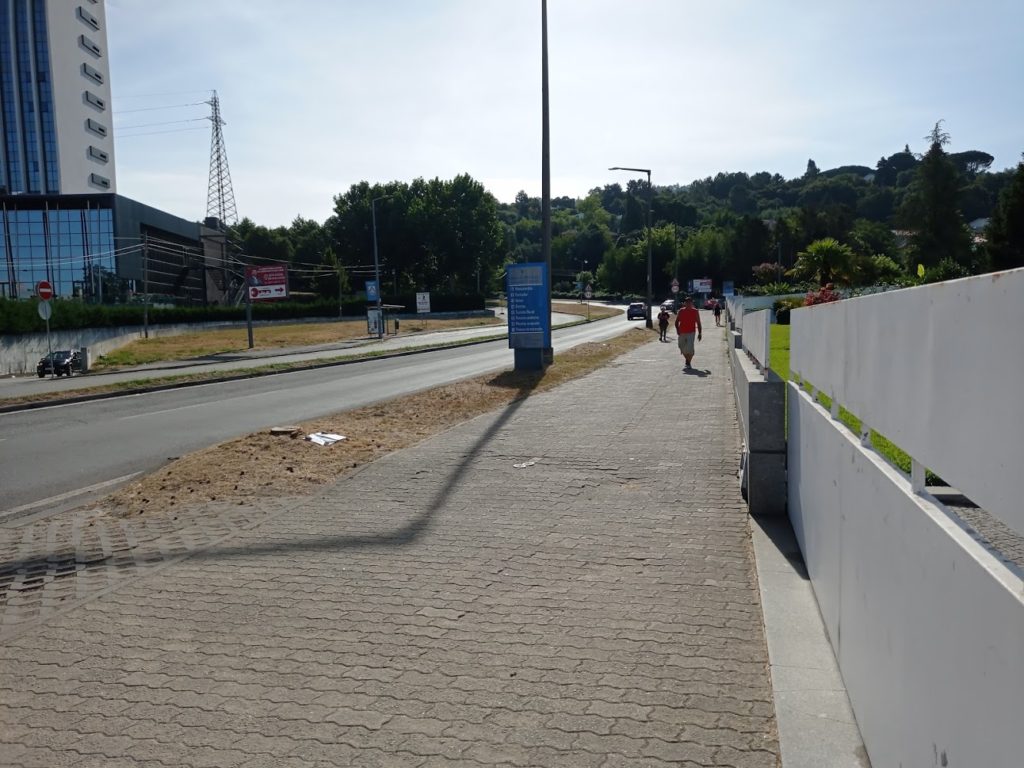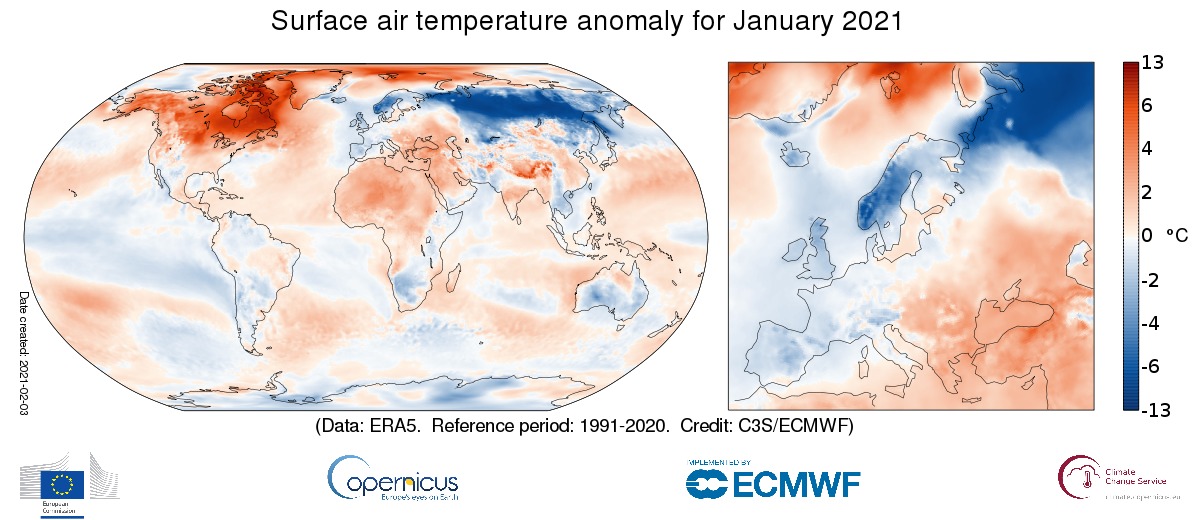The year 2020 ended with an average increase of 0.4 degrees Celsius compared to 2019, a situation that is felt more dramatically in cities with devaluation of green areas. It is known that in Europe, the highest population density is in large urban centres. The effects of rising temperatures make life unbearable for people when faced with increasingly frequent heat waves. However, reforesting cities to limit global warming seems to be one of the few alternatives to make cities more habitable.
The trees provide shade, reduce the temperature, protect against wind and increase the humidity in the air and make the surrounding space very healthy, colorful and relaxing. They release oxygen after absorbing carbon dioxide, reduce traffic noise, serve as homes and shelters for animals and help rainwater infiltration.
Sometimes they also cause allergies and shed leaves on pavements, cars, etc. Although these problems are easily solved, they usually aren’t, which causes a certain anger when the trees grow. Another problem with trees is that they have to be cut down so that they don’t catch fire in the summer. The consequences of this are that we put some carbon dioxide in the air and “strip” the trees and nature around us.
For Philippe Rahm, author of the book ”Comment le climat, les épidémies et l’énergie ont façonné la ville et les bâtiments”, “we have to keep in mind that 270 trees are needed to absorb the CO2 that each of us generates a day”, and according to the UN, 10 million hectares are destroyed every year. Philippe warns that “the great forests are important, the Amazon, or the entire plankton of the seas, which are immense amounts of plants to absorb CO2″ and in this way fight global warming.
However, the afforestation of cities must be done with rules, as planting the wrong species in the wrong place can have undesirable effects or not have the desired effect at all. It is up to the municipalities responsible for the management of the public space to make an appropriate choice of the species and places in which the trees are planted, foreseeing the effects of their growth in the surrounding areas, such as allergies, leaf and fruit fall in vehicles or ground and destruction of sidewalks caused by roots.

Urban area with shadows in Montenegro // Mira Obradovic
The greenhouse effect, better known as global warming, has been increasing dramatically these past years, and if no action is taken there will be drastic consequences. Big cities like Paris and Milan are giving importance to trees to counteract this phenomenon that science is trying to solve. In addition to shade, evaporation and transpiration carried out by its leaves, the trees give a clear feeling of freshness around them. The transpiration of the trees, in the form of water droplets that capture the atmospheric heat, results in this thermal sensation of relief, giving rise to a policy of massive tree-planting in urban centres, which may prove to be of importance in times to come. This thermal sensation is evaluated at around 10 to 13 ºC, and may even reach 20ºC in places with higher temperatures, according to the Laboratory of Environmental Comfort and Energy Efficiency (Labaut) of the Department of Technology of the Faculty of Architecture and Urbanism of the University of São Paulo (FAU-USP). Climate change is a naturally occurring process that heats the Earth’s surface and atmosphere. Heating the soil with solar energy causes it to act as a source of heat radiation. Carbon dioxide, like other greenhouse gases, is a very important factor in the vital cycles that sustain life on this planet: plants use it in photosynthesis, releasing the oxygen needed to sustain the life of animal species, which return carbon dioxide to the atmosphere through exhalation and thus the cycle ends. That is why it is necessary to have carbon dioxide, but it cannot be too much, because carbon dioxide has toxic components that make us ill.
The concentration of atmospheric carbon dioxide, which scientists use to determine the Earth’s temperature, rose from about 275 ppm (parts per million) before the industrial revolution to about 360 ppm in 1996. The growth rate also accelerated during this time. By increasing emissions, CO2 concentrations would reach 600 ppm by 2075 and 1000 ppm by the end of 2100. Research conducted by different groups of scientists has yielded almost the same results in rising Earth temperatures. The Intergovernmental Panel on Climate Change (IPCC) officially concluded in 1996 that the temperature had risen somewhere between 0.5 and 1.1 degrees Celsius since the last century. The sea level rose by 10 to 25 cm in the same time period. And all because of climate change.

Shadowless urban area with trees cut in Braga – Portugal
Bibliography:
https://revistapesquisa.fapesp.br/o-calor-das-cidades/
https://sol.sapo.pt/artigo/609105/a-import-ncia-das-arvores-nas-cidades
https://www.natgeo.pt/ciencia/2020/04/aquecimento-global-cidades-portuguesas-que-poderao-desaparecer https://noticias.uol.com.br/ultimas-noticias/rfi/2021/02/18/arvores-como-elas-podem-refrescar-cidades-cada-vez-mais-quentes.htm
https://www.smartcitiesdive.com/ex/sustainablecitiescollective/why-we-need-trees-our-cities/1100050/
https://www.smartcitiesdive.com/news/pittsburgh-equitable-street-tree-investment-strategy/596275/




You must be logged in to post a comment.